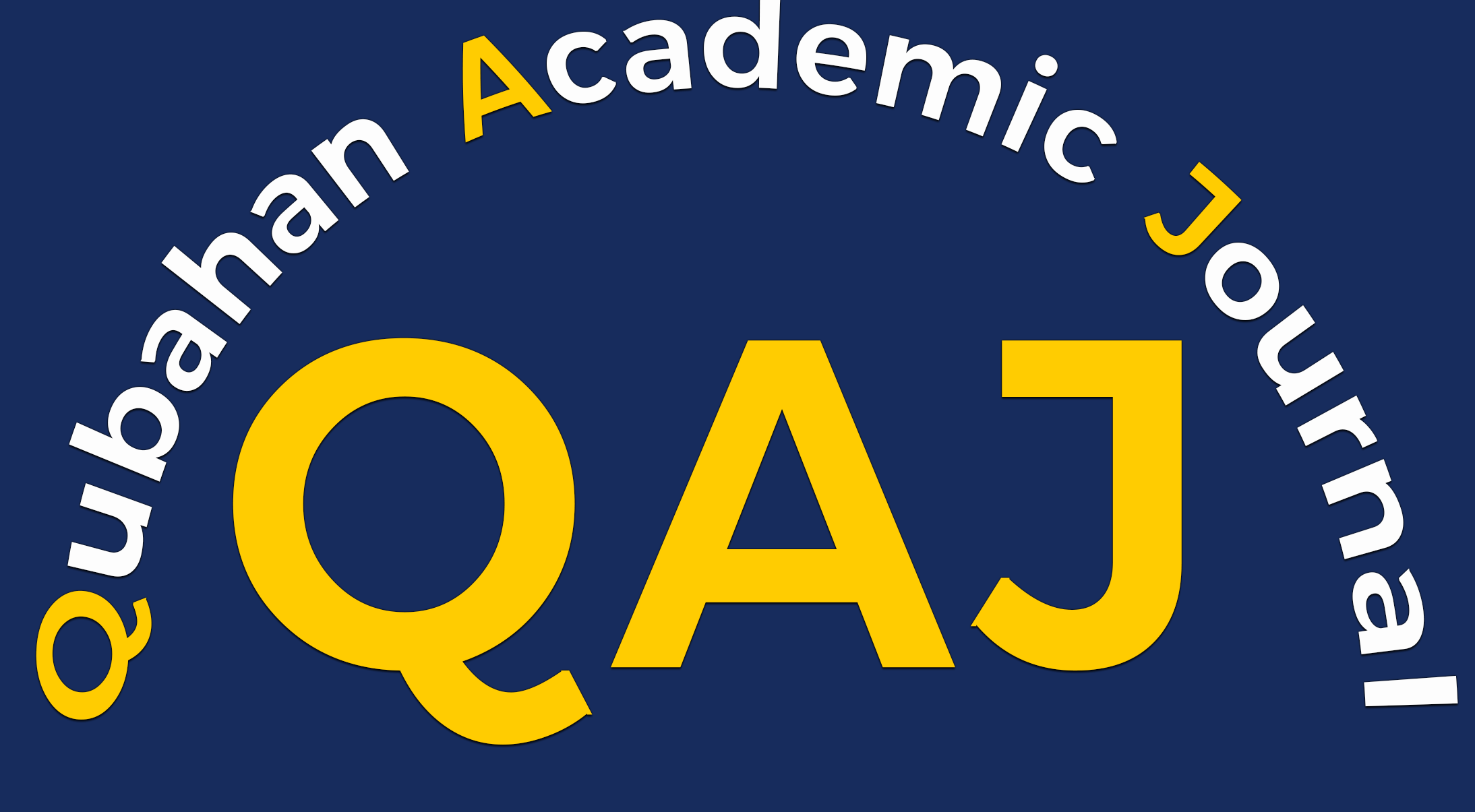Strategic Competitiveness Framework for Indonesian TIC Companies: Integrating Porter’s Five Forces and Dynamic Capabilities in the Global Market
DOI:
https://doi.org/10.48161/qaj.v5n3a1982Keywords:
competitiveness, TIC, porter’s five forces, dynamic capabilities, competitive strategy, ISM, AHP.Abstract
The Indonesian Testing, Inspection, and Certification (TIC) industry faces significant challenges amidst global economic recovery and intensified competition, with national firms yet to achieve a top 20 global revenue position. This study proposes an integrated strategic framework, combining Porter’s Five Forces with Dynamic Capabilities, to enhance the competitiveness of Indonesian TIC companies. The research employed a rigorous mixed-methods approach, involving descriptive analysis, Interpretive Structural Modeling (ISM), and Analytic Hierarchy Process (AHP), with data collected from 208 managerial-level respondents (Senior Manager and above) and 4 experienced experts. Analysis reveals that the threat of new entrants is the most critical external competitive factor, while innovation and digitalization emerge as paramount strategic priorities for long-term competitive advantage. Among Porter’s generic strategies, the Focus (niche market) strategy is identified as most effective, particularly in Indonesia’s "red ocean" market, where differentiation and specialization are essential. The ISM model delineates a multi-level competitiveness structure, demonstrating that sustainable competitive advantage is fundamentally driven by dynamic capabilities such as innovation, collaboration, customer bonding, and digital transformation. This study provides a context-specific framework for Indonesian TIC companies, emphasizing the strategic alignment of internal dynamic capabilities with external industry dynamics, thereby theoretically enriching strategic management by integrating Porter's Five Forces and Dynamic Capabilities, and practically guiding national TIC firms in developing adaptive strategies for global competition and long-term resilience.
Downloads
References
Amini, A., & Alimohammadlou, M. (2021). Toward equation structural modeling: An integration of interpretive structural modeling and structural equation modeling. Journal of Management Analytics, 8(4), 693-714.
Barclays. (2018). TIC outlook 2018: Trends and prospects in the Testing, Inspection and Certification sector.
Brenneis, E. (2020). IoT spotlight report 2020 [White paper].
Chen, M.-J., Michel, J. G., & Lin, W. (2021). Worlds apart? Connecting competitive dynamics and the resource-based view of the firm. Journal of Management, 47(7), 1820-1840.
Creswell, D., & Creswell, J. (2022). Research design: Qualitative, quantitative, and mixed methods approaches.
Dos Santos, P. H., Neves, S. M., Sant'Anna, D. O., Oliveira, C. H. de, & Carvalho, H. D. (2019). The analytic hierarchy process supporting decision making for sustainable development: An overview of applications. Journal of Cleaner Production, 212, 119-138.
Ferreira, J., Cardim, S., & Coelho, A. (2021). Dynamic capabilities and mediating effects of innovation on the competitive advantage and firm's performance: The moderating role of organizational learning capability. Journal of the Knowledge Economy, 12(2), 620-644.
Ghosh, S., Hughes, M., Hodgkinson, I., & Hughes, P. (2022). Digital transformation of industrial businesses: A dynamic capability approach. Technovation, 113, 102414.
Kafunda, J.-C. M., Lungenyi, N. K., Baelongandi, A. T., Bampende, M. N., Kambale, W. V., & Kyamakya, K. (2024). Using interpretive structural modeling for the implementation of the balanced scorecard to support evaluation and decision-making in the performance management of telecommunications services of a public operator. 2024 International Conference on Applied Mathematics & Computer Science (ICAMCS), 118-133.
Kumar, S. (2023). Red ocean strategy: A literature review. International Journal of Economics and Business Administration, 11(4).
MarketsandMarkets. (2020). *Testing, inspection, and certification market - Global forecast to 2025* (pp. 1-503).
Marketus. (2023). Global testing inspection and certification market. Market Intelligence Advisory, 4(1), 1-42.
Ndzabukelwako, Z., Mereko, O., Sambo, T. V., & Thango, B. (2024). The impact of Porter's five forces model on SMEs performance: A systematic review.
Porter, M. E. (2017). Competitive strategy: Techniques for analyzing industries and competitors. CreateSpace Independent Publishing Platform.
Teece, D. J. (2023). The evolution of the dynamic capabilities framework. Artificiality and Sustainability in Entrepreneurship, 113, 238.
Verified Market Research. (2024). Global testing inspection and certification (TIC) for agriculture market. Market Intelligence Advisory, 4(1), 1-134.
Yuan, Y., You, T., Xu, T., & Yu, X. (2022). Customer-oriented strategic planning for hotel competitiveness improvement based on online reviews. Sustainability, 14(22), 15299.
IndustryARC. (2023). *Indonesia TIC market - Forecast (2024-2030)*. https://www.industryarc.com/Report/20010/indonesia-tic-market.html
Gerard, B. H. T. (2018). The relevance of Porter's five forces in today's innovative and changing business environment. Brooklyn Journal of Corporate, Financial & Commercial Law.
Charles, W., Hill, L., & Gareth, R. (2007). Strategic management theory: An integrated approach. Biztantra: Wiley India.
Indiatsy, C. M., Mwangi, M. S., Mandere, E. N., Bichanga, J. M., George, G. E., Mandere, E. N., & Bichanga, J. M. (2014). The application of Porter's five forces model on organization performance: A case of Cooperative Bank of Kenya Ltd. European Journal of Business and Management, 6(16), 75-86.
Akter, S., Gunasekaran, A., Wamba, S. F., Babu, M. M., & Hani, U. (2020). Reshaping competitive advantages with analytics capabilities in service systems. Technological Forecasting and Social Change, 159, 120180.
Rosa, P., Bento, P., & Teotónio, T. (2022). The internal competitive advantage of adventure tourism operators: An exploratory approach. Journal of Outdoor Recreation and Tourism, 39, 100555.
Wamba, S. F., Gunasekaran, A., Akter, S., Ren, S. J., Dubey, R., & Childe, S. J. (2017). Big data analytics and firm performance: Effects of dynamic capabilities. Journal of Business Research, 70, 356-365.
Spanos, Y. E., & Lioukas, S. (2001). An examination into the causal logic of rent generation: Contrasting Porter's competitive strategy framework and the resource-based perspective. Strategic Management Journal, 22(10), 907-934.
Bandieri, L., & Castellini, A. (2023). The competitiveness of Romagna wineries: An exploratory analysis of the impact of different strategic approaches on business performance. Wine Economics and Policy, 12(2), 15-30.
Downloads
Published
How to Cite
Issue
Section
License
Copyright (c) 2025 Qubahan Academic Journal

This work is licensed under a Creative Commons Attribution-NonCommercial-NoDerivatives 4.0 International License.











